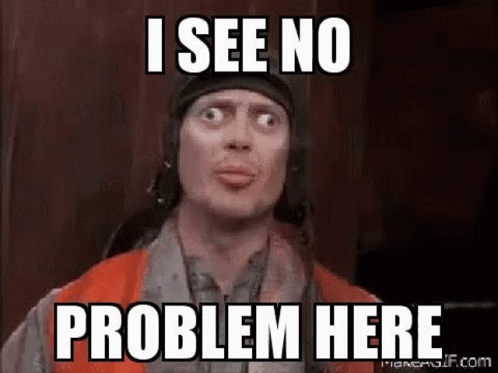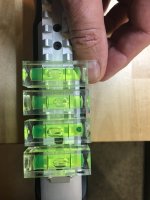As a piece of history, information, whatever you want to call it,
We now test every scope in our classes, we used only test scopes in the PR2 ones, and now it's done in all of them.
Most people don't understand rifle setup, and this goes beyond just getting the scopes plumb on the rifle.
The reality is that manufacturers use the flat at the bottom, so if you match the Flat with the flat of the rail, you are probably 99% there; the final test is quite simple, get behind the rifle and drop a plumb line to confirm.
The leveling kits are a straight-up gimmick, majorly overpriced for what we are doing.
As someone noted, the bullet only cares about gravity, but how you set the rifle up matters, as that is one of the biggest problems we see. Students hunting for the optic, the shooter doesn't bring the scope to them, instead, they stretch to the scope. Once we remove the optic, check its travel and make sure it's not canted in the rings (More on this), we mount the scope with the shooter in place to ensure everything is correct.
Notice there is no scope on the rifle above we set them up first
Then we mount the scope with the shooter in place. Torque it properly and begin class.
In a 12-person class, we find that 1/3 of the students arriving will have the scope canted in the rings. This is not necessarily a mounting issue where the person doesn't know how to level the scope. But more of a case of scope rings biting the tube and pulling the scope over while tightening the rings. In this part of the process, the installer is not necessarily watching the reticle anymore. Such tools like the Spuhr Key help and the Business card method because it holds the scope straight when torquing.
We find the best defense to make sure the scope is correct is a Plumb line; it costs nothing and is about as effective if not more so, than the bubble levels. The bubbles suffer from the device it is being held in. Those devices are not well made and not calibrated correctly, as demonstrated in two posts now, mine and the other, where every level is "off."
Don't overthink it; make sure the reticle matches the fall of gravity, which a weighted string can tell you in a second and you are good.
The shooter should then set up the optic with them correctly positioned behind the rifle. Bipod and Rear Bag in place as if you are actually shooting, get comfortable behind the optic, and aim at a plumb line, End story






